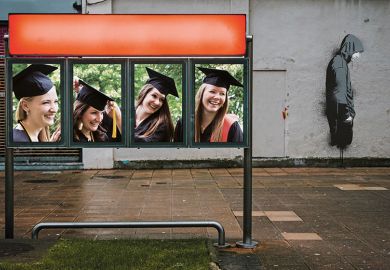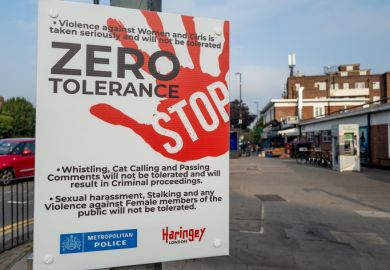Norwegian universities are considering whether they should offer admission advantages to male applicants, or even introduce quotas, as they grapple with how best to sell caring career paths to young men.
While about 60 per cent of students enrolling this month are female, the skew is even more dramatic in some courses, such as veterinary studies, where more than nine in 10 entrants are female. Other long courses preparing students for caring professions have similar imbalances, running from just over 70 per cent women for medicine, up to 74 per cent and almost 80 per cent for psychology and dentistry, respectively.
“It’s kind of strange that we do have such a gender-divided labour market,” said Lise Randeberg, head of Akademikerne federation of trade unions.
Akademikerne wants the government to allow universities to make preferential offers to students from under-represented genders in the form of “bonus points” for admissions.
Awarding points for gender on top of those for academic achievement was successful when Norway was trying to improve the representation of women in many science and engineering courses and, since 2018, has been explicitly permitted for men too.
The Norwegian University of Life Sciences (NMBU) began offering two bonus points to men applying to veterinary studies in 2004. When the ministry forbade their use for men in 2016, male applications to the course fell by 13 percentage points, before rising by 7 percentage points when they were permitted again in 2018.
“The extra points give the boys a reason to apply,” said Anne Storset, dean of the Faculty of Veterinary Medicine, who nonetheless said points were “not enough” on their own, citing the measly 9 per cent of male admissions for 2022.
She said that the perception of veterinary careers in Norway had shifted over the past 50 years, from working with farmers to caring for animals. Her faculty is planning a social media campaign aimed at male applicants and will send some of its male students into schools to act as role models.
Professor Randeberg, professor of biomedical optics at the Norwegian University of Science and Technology, said points worked best for balancing highly competitive courses sifting plenty of well-qualified applicants, but that promotion might be more appropriate in other cases.
“You have to diversify the measures according to the problem for the specific study programme,” she said. “We have this toolbox, we have to apply the right tools.”
Professor Randeberg suggested quotas could be among those implements, but that they must have minimum thresholds for men and women and should only be used as a “last resort”.
Professor Randeberg has seen first-hand how such measures have helped balance representation in science, with the share of female students on her courses rising from about 1 per cent to around 30 per cent over the past 20 years. “There has been a huge change in a relatively short time.”
But she cautioned that the incentives needed to entice male applicants may be different from those that worked for women.
A government-appointed expert committee will discuss possible changes to the University and College Act in the coming weeks, based on research and evidence submissions from universities and others. It is due to report to the government in December.
Register to continue
Why register?
- Registration is free and only takes a moment
- Once registered, you can read 3 articles a month
- Sign up for our newsletter
Subscribe
Or subscribe for unlimited access to:
- Unlimited access to news, views, insights & reviews
- Digital editions
- Digital access to THE’s university and college rankings analysis
Already registered or a current subscriber?








